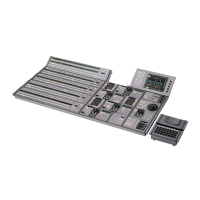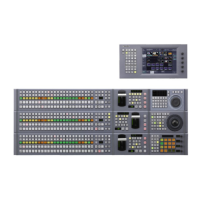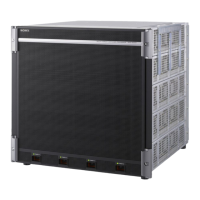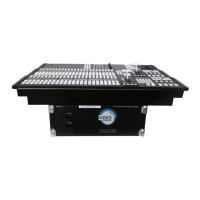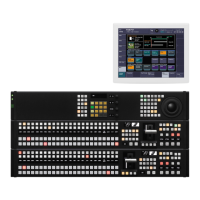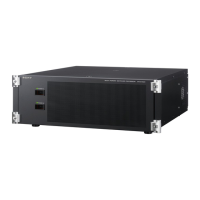Applying Special Effects (Other Effects)
Reference level
for key signal
generation
Chapter
11
DME
Operations
H Invert: Invert video and key signals horizontally.
V Invert: Invert video and key signals vertically.
Key Density Settings
You can adjust the key density for the key signal input to
the DME.
Setting the key density
1
In the DME menu, select VF6 ‘Input/Output’ and HF2
‘Video/Key.’
The Video/Key menu appears.
2
Press [Key Density], turning it on.
3
Set the following parameter.
Key Source Selection
You can select either the key signals received from the
switcher or the key signals generated in the DME for
application to the front and back of the image.
Selecting the key source signals
Notes
When the shaped video setting (see page 344) is on, it is
not possible to select the key source. It is fixed as “Ext
Key” as listed in the following.
1
In the DME menu, select VF6 ‘Input/Output’ and HF2
‘Video/Key.’
The Video/Key menu appears.
2
In the <Front Key> group or <Back Key> group
respectively, press one of the following, turning it on.
Ext Key: Use the key signal sent from the switcher as
the key source.
Int Key: Use the full-size DME internal key signal as
the key source.
Lum Key: Use the input video luminance signal as the
key source.
3
When Ext Key or Lum Key is selected in step 2, set the
following parameters.
Notes
•
The Ext Key and Lum Key in the <Front Key> group
share clip and gain settings. Similarly, Ext Key and
Lum Key in the <Back Key> group also share clip
and gain settings.
•
The Ext Key parameter setting is only enabled when
the shaped video setting is off.
Interpolation Settings
Specifies the methods used for interpolation processing of
input video signals and input key signals.
For input video signals, you can select from the following
four methods.
•
Detect changes in the luminance and chrominance
signals separately, and switch automatically between
fields and frames. You can select the degree of change
detection.
•
Detect changes in the luminance signal separately, and
switch automatically between fields and frames. You
can select the degree of change detection.
•
Do interpolation in field units.
•
Do interpolation in frame units.
For input key signals, you can select from the following
three methods.
•
Detect changes in the luminance signal separately, and
switch automatically between fields and frames. You
can select the degree of change detection.
•
Do interpolation in field units.
•
Do interpolation in frame units.
You can also select the number of pixels used in
interpolation processing, and select the method used to
show the picture reduced or expanded.
Further, you can apply an anti-moiré filter to reduce the
moiré patterns created by interpolation.
Notes
•
Interpolation processing is possible for the following
signal formats and DME systems.
- MVE-8000A: 480i/59.94, 576i/50
- MVE-9000 and MKS-7470X/7471X: 480i/59.94,
576i/50, 1080i/59.94, 1080i/50
•
The anti-moiré filter is effective when using the MVE-
8000A.
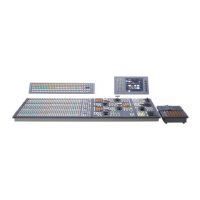
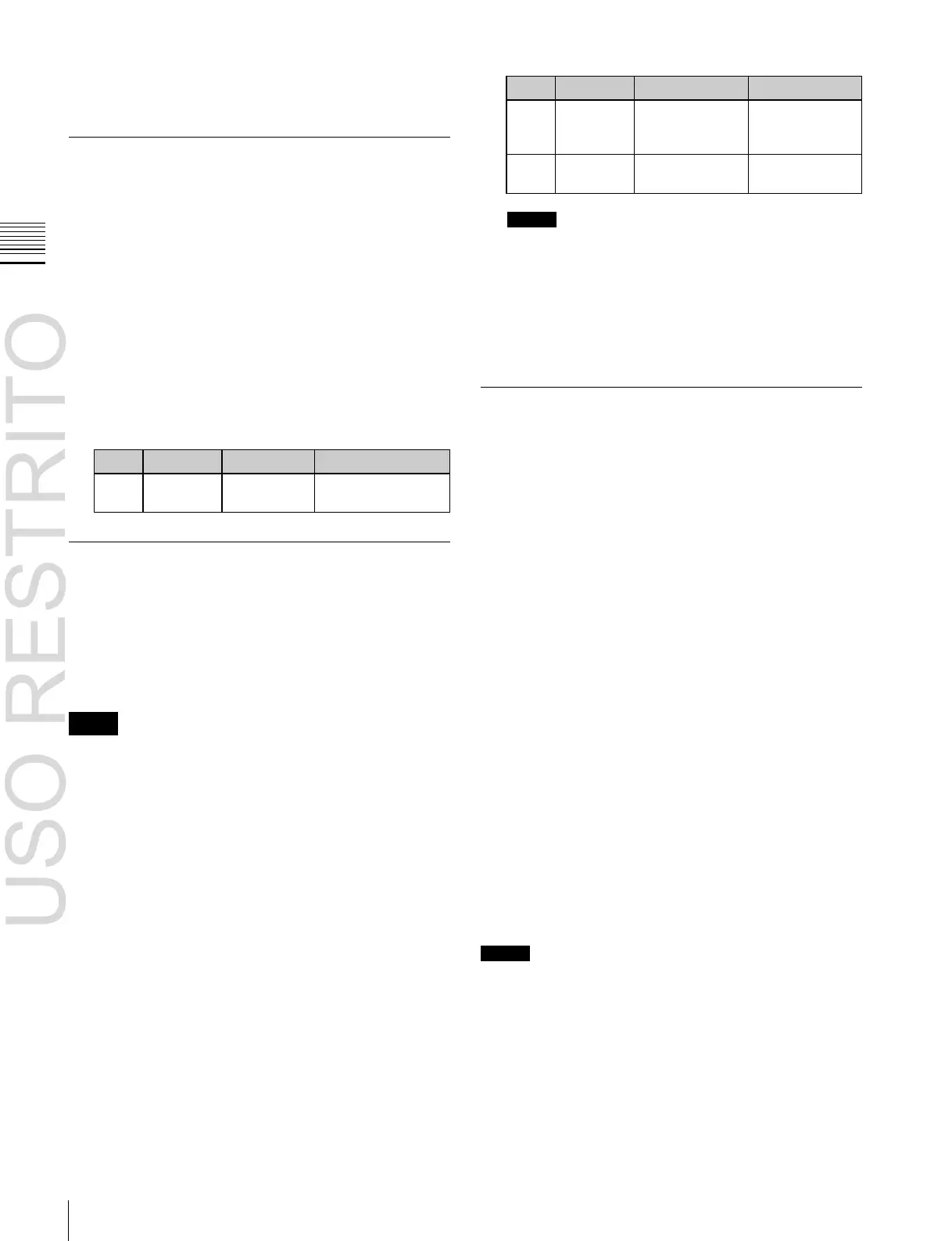